Note: This article is for general information only and does not claim any medical treatment. Always consult your doctor for more information and make appropriate changes as per his advice.
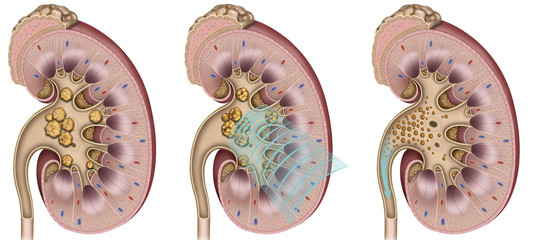
Introduction :-
Few medical conditions are as agonizing and mysterious as kidney stones. The human body can be severely damaged by these tiny, hard mineral deposits, which result in extreme pain and anguish. Renal calculi, sometimes referred to as kidney stones, are a widespread medical problem that affects millions of individuals worldwide. We will explore kidney stones in this blog, including their causes, symptoms, and various treatments.
What are Kidney Stones?
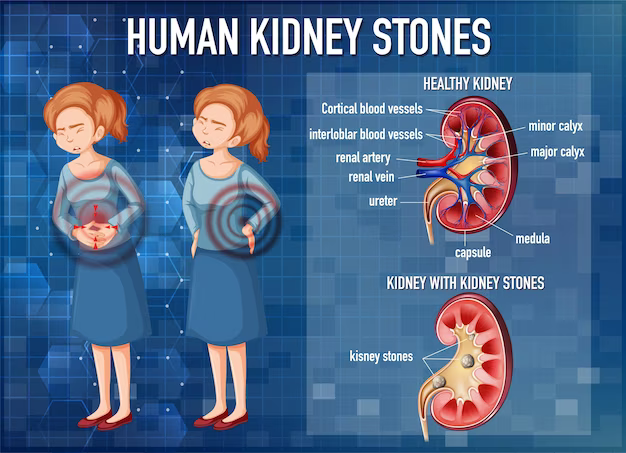
Solid, crystal-like lumps known as kidney stones develop within the kidneys. They come in sizes ranging from a golf ball to a grain of sand. These stones are composed of elements such as calcium, oxalate, uric acid, and struvite that build up and crystallize over time in the kidneys.
Kidney stones can range in size from a grain of sand to a golf ball.
Causes of Kidney Stones:-
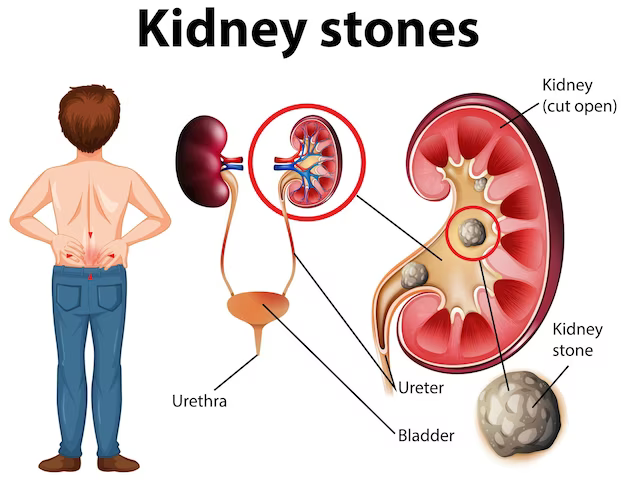
Kidney stones are caused by a high concentration of minerals and other compounds in the urine, such as calcium, oxalate, and uric acid, which combine to form crystals. Stones are formed when two or more crystals bind together. When your pee lacks the moisture and other ingredients necessary to prevent stones from forming, they do.
You may pass a kidney stone undetected and they might be as small as a grain of sand. However, a larger one might really harm you and obstruct your pee flow. Some claim that the discomfort can even surpass childbirth.
Kidney stones can be caused by a variety of factors, including what you eat and specific medications.You are more prone to get kidney stones if you or a family member has already experienced them.
1.Dehydration:-

Drinking insufficient amounts of water can result in concentrated urine, which raises the risk of crystal and stone formation.
2.Dietary Factors:
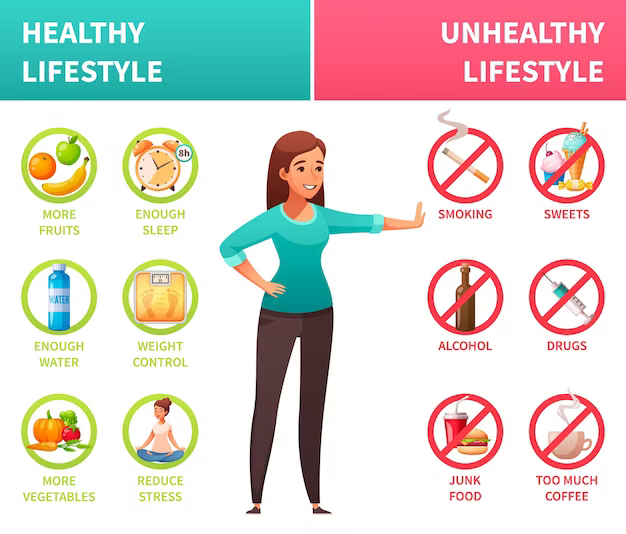
Oxalate-rich foods (such as spinach, almonds, and chocolate) and animal proteins as well as diets high in salt can all contribute to stone development.
3.Family History:
Kidney stones may be more likely to affect you if someone in your family has a history of getting them.
4.Medical diseases:
Several medical diseases, including inflammatory bowel disease, urinary tract infections, and hyperparathyroidism, might encourage the production of stones.
Symptoms of Kidney Stones:
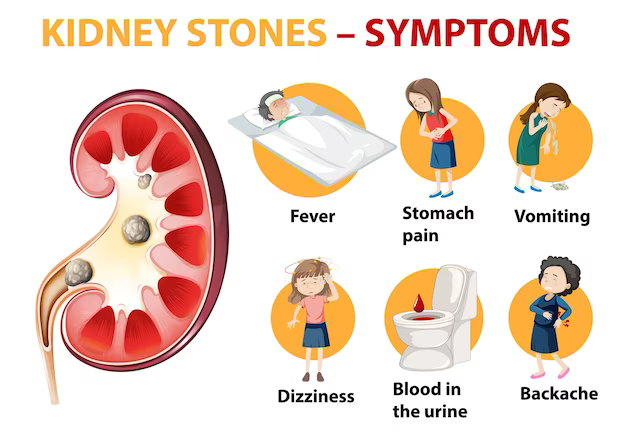
Depending on their size and location within the urinary system, kidney stones can present with a variety of symptoms. Typical warning signs and symptoms include:
1.Extreme pain :-
Frequently characterized as waves of anguish in the back, abdomen, or side, is the primary sign of kidney stones. The groin and genitalia may also experience pain.
2.Vomiting and Nausea:–
Kidney stone pain can be so excruciating that nausea and vomiting can result.
3.Blood in Urine:-
Kidney stones can result in tiny or obvious blood in the urine, giving it a pink, red, or brownish hue.
4.Frequent Urination:-
You might experience a stronger need to urinate more frequently than normal.
5.Cloudy or Foul-Smelling Urine:-
Urine that is cloudy or has a bad smell: Kidney stones can alter the color and smell of urine.
Types of Kidney Stones:-
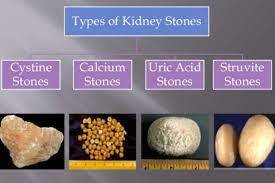
The various sorts of stones are constructed of various materials. Knowing what kind of stone you have will help you determine its likely source and how to avoid it in the future.
You should take a kidney stone you pass to your doctor so they can identify it by sending it to the lab.
1. Calcium crystals:-
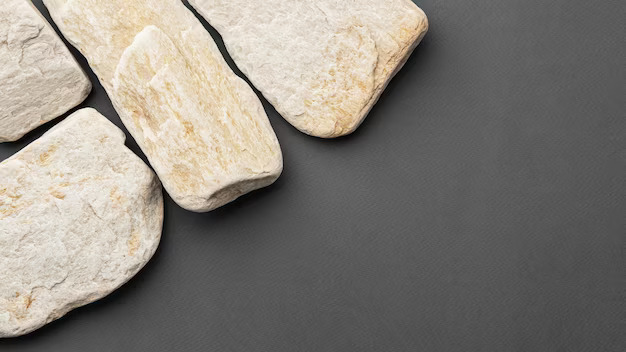
Calcium, in the form of calcium oxalate, is the main component of most kidney stones. Two categories of calcium stones exist:
Oxalate of calcium-
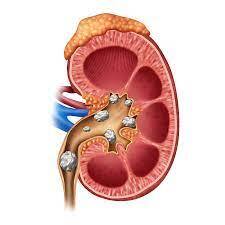
Your liver creates oxalate on a daily basis. It is abundant in some fruits, vegetables, nuts, and chocolate. When you consume certain meals, the substance is absorbed by your body. High vitamin D dosages, intestinal bypass surgery, and specific metabolic conditions can also cause the concentration of calcium or oxalate in your urine to increase.
phosphate of calcium:-
People with metabolic disorders such renal tubular acidosis, in which the kidneys are unable to assist maintain a healthy acid balance in the blood, or those who take drugs to treat migraines or seizures are more likely to develop this type of stone.
2.Urate crystals:-

These develop in those who experience excessive fluid loss due to chronic diarrhea or malabsorption, eating a diet heavy in purines, having diabetes, or having the metabolic syndrome. Your risk of uric acid stones may also be increased by specific genetic variables.
3. Cystine stones:-
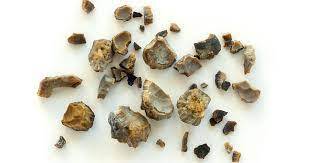
This uncommon kind of stone develops when the kidneys release an excessive amount of the specific amino acid cysteine into the urine. They happen in persons with cystinuria, a hereditary disease.
4.Stones of struvite:-
A urinary tract infection (UTI) can cause these. Ammonia builds up in your urine as a result of the infection-causing bacteria. This causes the stones to develop. The stones can swiftly grow in size.
Treatment Alternatives
The best course of action for kidney stones relies on a number of variables, including the size, location, and severity of the symptoms. Typical forms of treatment include:
Pain control:
Over-the-counter painkillers can help reduce the discomfort brought on by kidney stones. Stronger drugs may be prescribed in extreme circumstances.
Fluid Intake:
Increased fluid consumption can aid in the removal of tiny kidney stones from the system. The best option for maintaining proper hydration is water.
Medical expulsion therapy:
Some drugs can relax the ureters, facilitating the stones’ natural passage.
Shock Wave Lithotripsy:
This minimally invasive surgery breaks the stones into smaller fragments with the help of shock waves, making passage through the body easier.
Surgical Intervention:
Surgical Intervention: In some circumstances, especially for larger stones, it may be essential to remove the stones surgically using ureteroscopy or percutaneous nephrolithotomy.
Prevention:
Even though certain people may be genetically predisposed to kidney stones, there are various lifestyle modifications that can lower the chance of stone formation:
Keep Hydrated:
To keep urine diluted and lower the risk of stone formation, drink lots of water throughout the day.
Limit your intake of salt:
oxalate-rich foods, and animal proteins to maintain a balanced diet. A diet high in fruits, vegetables, and whole grains is recommended.
Regular exercise:
can help you maintain a healthy weight and lower your risk of kidney stones.
Limit soda and caffeine intake:
Both substances raise the possibility of kidney stone formation.
Conclusion:
People of all ages are susceptible to the unpleasant and prevalent health condition known as kidney stones. For early detection and efficient management of kidney stones, it is essential to understand the causes, symptoms, and available treatments. We may take substantial efforts to reduce the risk of kidney stones and ensure a healthy, pain-free life by making little changes to our lifestyle and being health-aware. Always seek the opinion of a healthcare professional for individualized guidance and treatment suggestions.

